Invest
GDP slows to 60-year low
Australia’s gross domestic product per capita growth has fallen to its slowest pace in at least 60 years, with the massive government spending looking to come at a ‘great cost to future generations’, a government official has revealed.
GDP slows to 60-year low
Australia’s gross domestic product per capita growth has fallen to its slowest pace in at least 60 years, with the massive government spending looking to come at a ‘great cost to future generations’, a government official has revealed.

During his CEDA speech, Productivity Commission chair Michael Brennan said Australia’s GDP fell prior to the pandemic, putting pressure on living standards as well as the country’s ability to afford high-quality services.
While highlighting that Australia is currently in a better financial position than much of the world, he opined that Australia must take advantage of its position without burdening future generations.
“If we want to avoid the scarring effect of unemployment on young people, or the discouragement of our finite band of small-business owners and risk takers, then growth is essential,” he said.
To reverse the trend of a slowing growth rate, Mr Brennan highlighted talks with treasurers at both state and federal levels around healthcare management, state and local zoning flexibility, more digital regulation to cut costs to businesses and increasing skills and education systems.
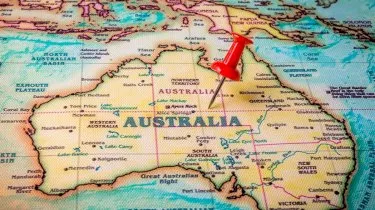
However, despite recognising the need to increase Australia’s GDP, he noted that national self-sufficiency in manufacturing may not be the answer, and could in fact make Australians poorer.
“We can’t make everything here, but we could certainly make ourselves poorer in the attempt,” Mr Brennan said.
“Our first best policy is to keep up our international efforts to strengthen the global trading system – to update its rules and shore up the dispute resolution process.”
This is in contrast to the government’s manufacturing policy, which recently identified the need to increase Australia’s domestic manufacturing to protect the country in future crises.
“Australia’s experience with the protection of domestic manufacturing – roughly an 80-year experiment – was not an overly happy one,” Mr Brennan said.
“The death of free trade is much exaggerated, and the push to encourage domestic production as a policy priority is likely to undermine growth.”
Mr Brennan also highlighted that despite the domestic push, around 2 per cent of Australia’s imported goods fit the description of ‘vulnerable supply chains’.
He said the second issue Australia faces is how much active fiscal policy was necessary in the recession, and it remains important in the early stages of recovery.
“The risk in the public debate is that this insight – that GDP growth tends to exceed interest rates – is taken to imply something altogether different and much bigger: that debt and deficit no longer matter at all,” he said.
“That we can afford the next and the next ‘one-off’ rise in debt on the grounds that growth rates will continue to outpace bond yields.”
The economist pointed out that while Australia’s debt remains low, if inflation returns or if bond yields exceeded nominal growth, then Australia would require fiscal consolidation.
“The reason fiscal consolidation is hard in practice comes down to incentives: spending proposals tend to look attractive individually but add up to an unattractive and unaffordable total; and future taxpayers are under-represented by today’s voters,” Mr Brennan concluded.
About the author

About the author


Economy
Rising CPI reinforces RBA’s stance as rate cut expectations remain: State Street
State Street Global Advisors says the Reserve Bank of Australia (RBA) is likely to hold its current policy outlook following the release of September quarter inflation data, which showed an unexpected ...Read more
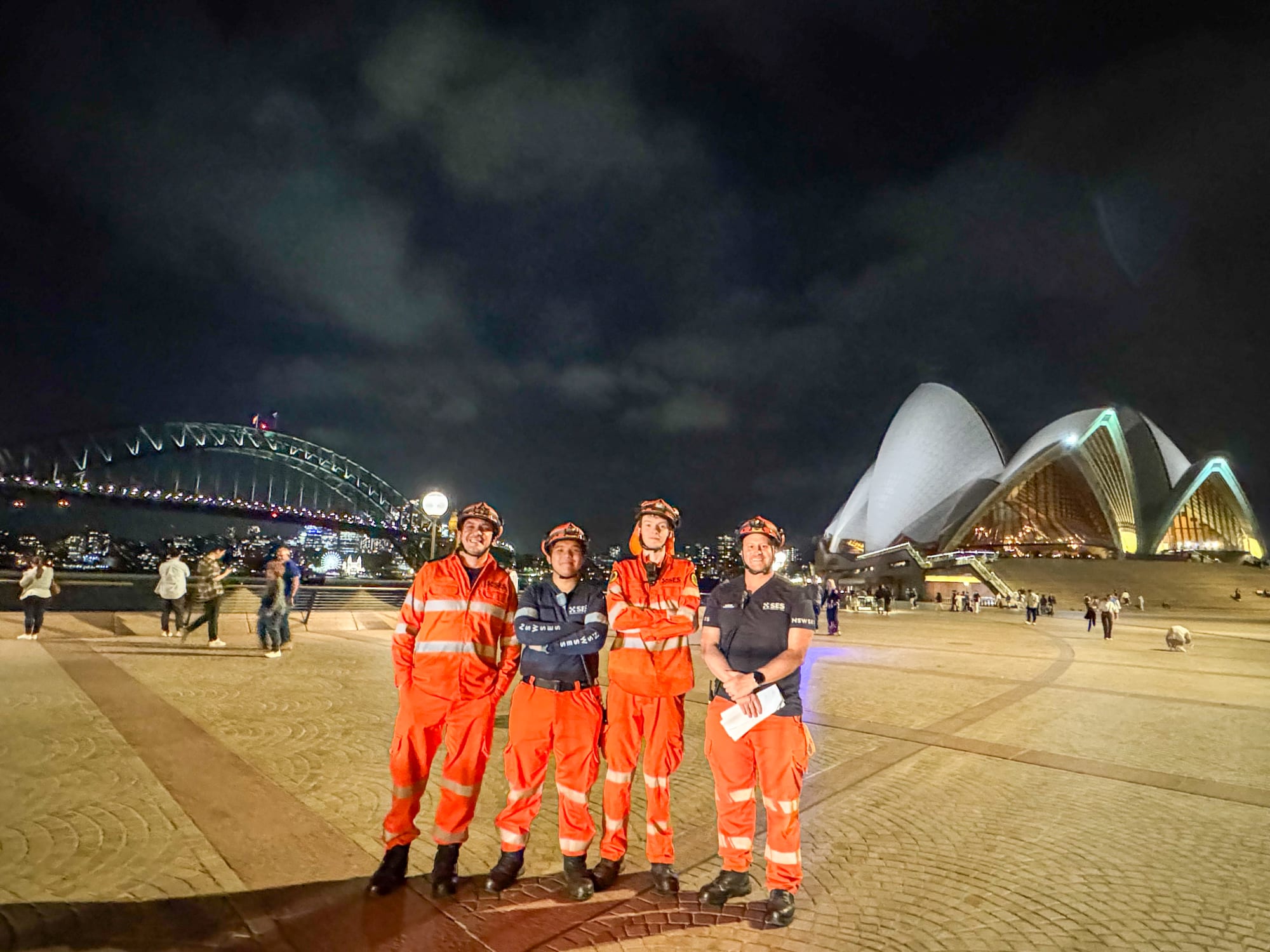
Economy
NSW SES boosts tsunami preparedness ahead of World Tsunami Awareness Day
As World Tsunami Awareness Day approaches on 5 November, the New South Wales State Emergency Service (NSW SES) is ramping up efforts to enhance tsunami preparedness along the east coastRead more
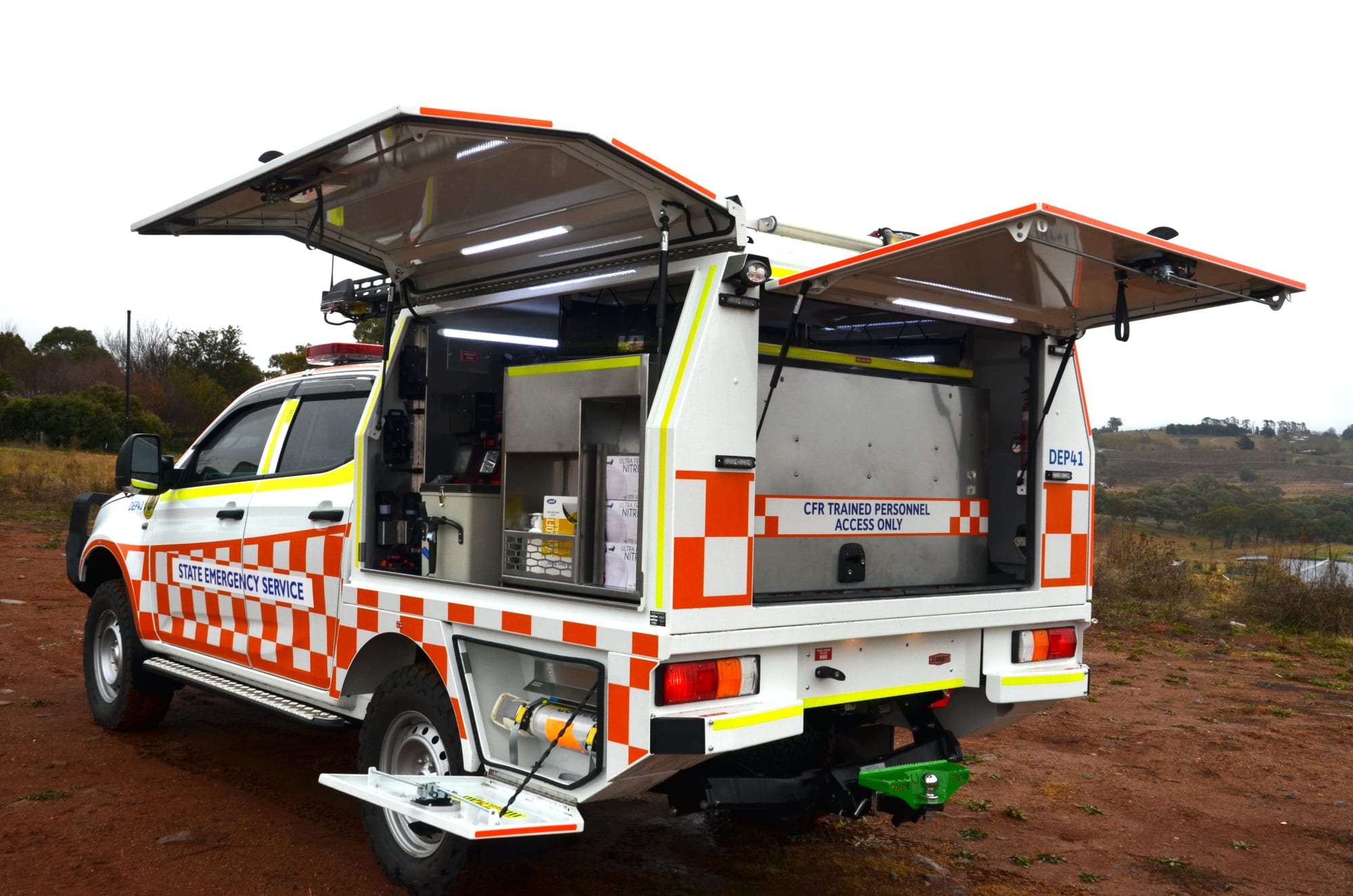
Economy
Lifesaving Regional Response Strengthened with New NSW SES Vehicles
In a significant boost to regional emergency services, the NSW State Emergency Service (SES) has unveiled 11 new Community First Response (CFR) vehicles, designed to enhance the speed and safety of ...Read more
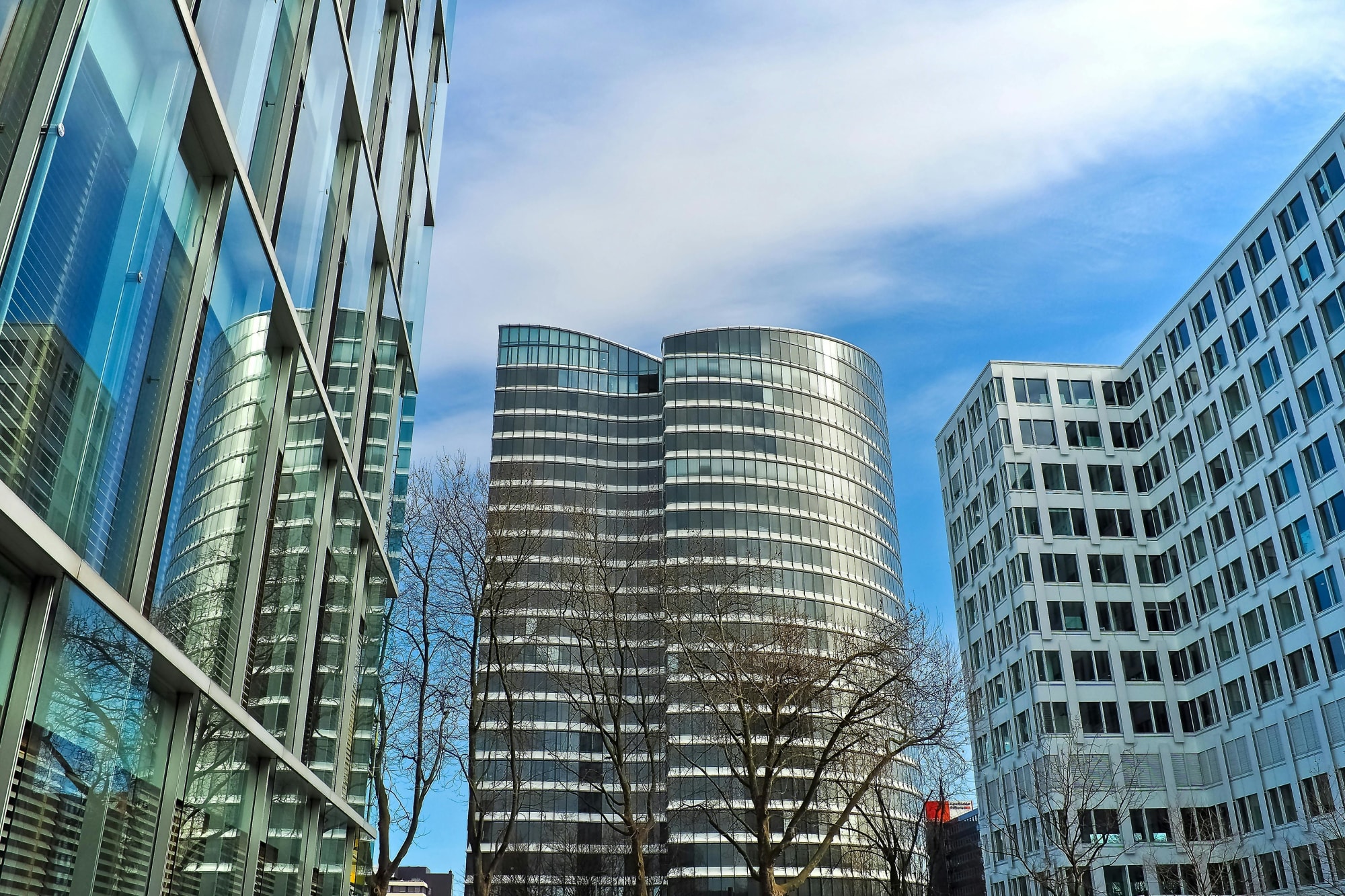
Economy
Australia's June quarter GDP growth driven by consumer and government spending
Australia's economy has shown unexpected resilience in the June 2025 quarter, with household and government consumption driving growth despite a significant decline in public investmentRead more
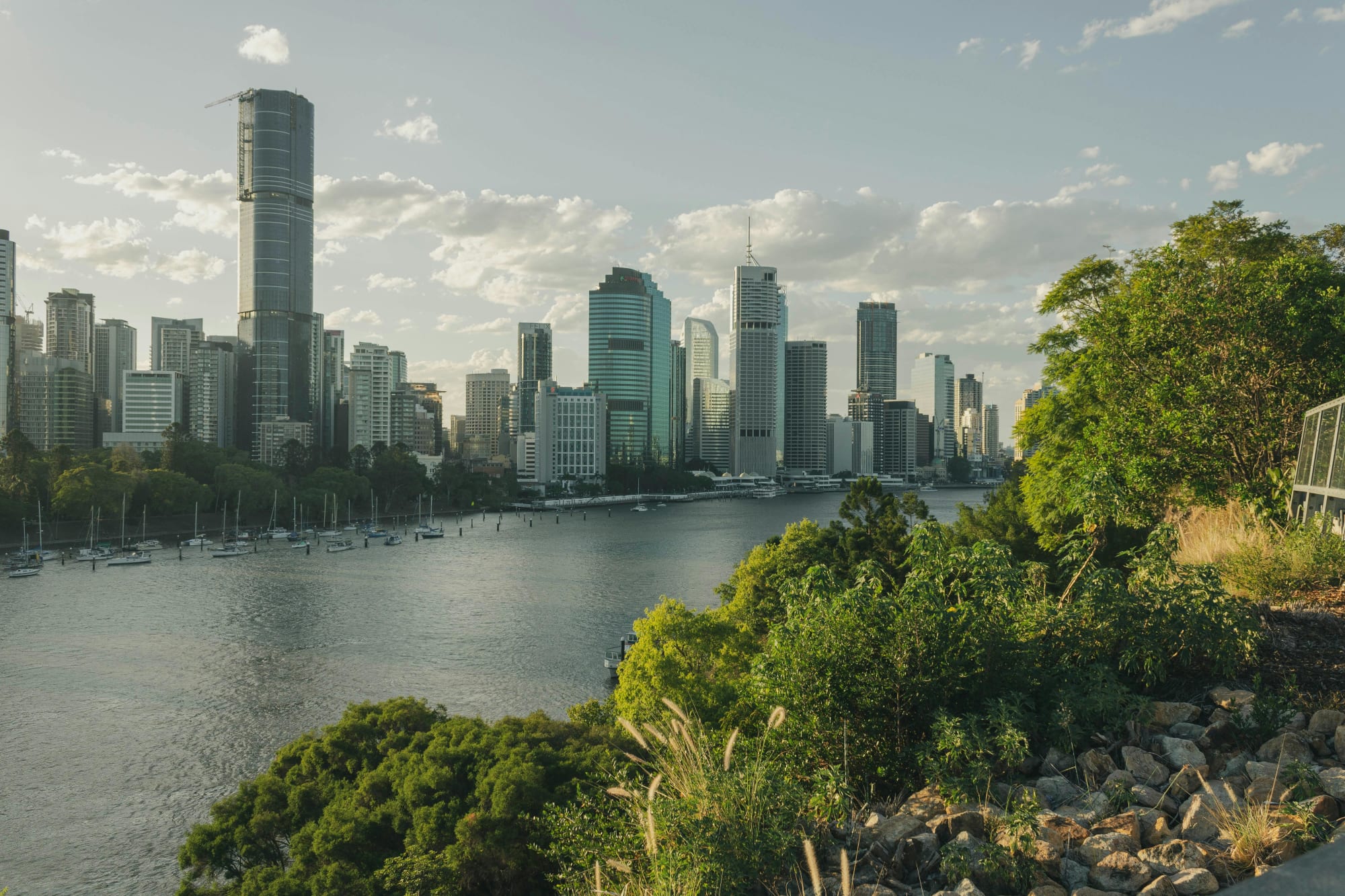
Economy
Australia's GDP surprise is real but operators should heed the growth mix warning light
Australia’s June-quarter growth beat expectations on the strength of household consumption and government spending, even as public investment sagged. The upside surprise signals resilience, but the ...Read more

Economy
Households carried the quarter: what Australia’s upside GDP surprise means for strategy now
Australia’s economy expanded faster than expected in the June 2025 quarter, with GDP up 0.6 per cent quarter-on-quarter and 1.8 per cent year-on-year — the strongest pace in two years. The kicker ...Read more

Economy
Inflation dynamics in Australia: Electricity subsidies and labour market in focus
In a recent economic analysis, experts from State Street have highlighted significant developments in Australia's inflation landscape, attributing the changes primarily to the withdrawal of ...Read more

Economy
Australia's economic growth driven by consumer and government spending: A closer look at the June quarter
Australia's economy has delivered a surprising performance for the June 2025 quarter, surpassing expectations with a growth rate of 0.6% quarter-on-quarter and 1.8% year-on-year. This unexpected ...Read more

Economy
Rising CPI reinforces RBA’s stance as rate cut expectations remain: State Street
State Street Global Advisors says the Reserve Bank of Australia (RBA) is likely to hold its current policy outlook following the release of September quarter inflation data, which showed an unexpected ...Read more

Economy
NSW SES boosts tsunami preparedness ahead of World Tsunami Awareness Day
As World Tsunami Awareness Day approaches on 5 November, the New South Wales State Emergency Service (NSW SES) is ramping up efforts to enhance tsunami preparedness along the east coastRead more

Economy
Lifesaving Regional Response Strengthened with New NSW SES Vehicles
In a significant boost to regional emergency services, the NSW State Emergency Service (SES) has unveiled 11 new Community First Response (CFR) vehicles, designed to enhance the speed and safety of ...Read more

Economy
Australia's June quarter GDP growth driven by consumer and government spending
Australia's economy has shown unexpected resilience in the June 2025 quarter, with household and government consumption driving growth despite a significant decline in public investmentRead more

Economy
Australia's GDP surprise is real but operators should heed the growth mix warning light
Australia’s June-quarter growth beat expectations on the strength of household consumption and government spending, even as public investment sagged. The upside surprise signals resilience, but the ...Read more

Economy
Households carried the quarter: what Australia’s upside GDP surprise means for strategy now
Australia’s economy expanded faster than expected in the June 2025 quarter, with GDP up 0.6 per cent quarter-on-quarter and 1.8 per cent year-on-year — the strongest pace in two years. The kicker ...Read more

Economy
Inflation dynamics in Australia: Electricity subsidies and labour market in focus
In a recent economic analysis, experts from State Street have highlighted significant developments in Australia's inflation landscape, attributing the changes primarily to the withdrawal of ...Read more

Economy
Australia's economic growth driven by consumer and government spending: A closer look at the June quarter
Australia's economy has delivered a surprising performance for the June 2025 quarter, surpassing expectations with a growth rate of 0.6% quarter-on-quarter and 1.8% year-on-year. This unexpected ...Read more








